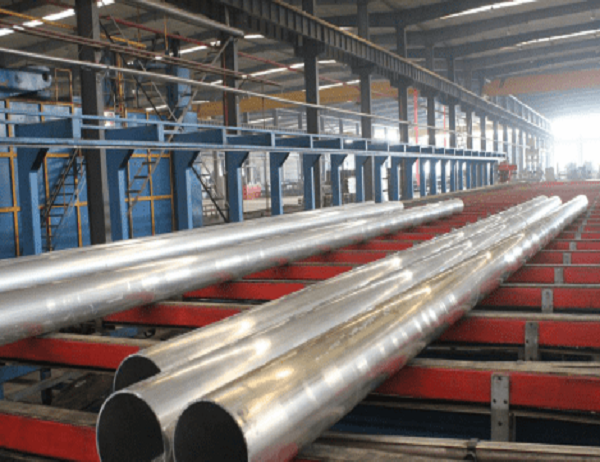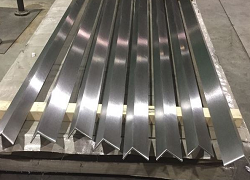Integrating aluminum frames with solar panel mounting systems is a crucial step in ensuring the stability, durability, and performance of a solar photovoltaic (PV) system. Aluminum frames provide a lightweight, strong, and corrosion-resistant framework for mounting solar panels to rooftops, ground-mount structures, or other surfaces. By following proper integration techniques, installers can optimize the performance of their solar arrays and extend their lifespan.
– Lightweight: Aluminum frames have a high strength-to-weight ratio, making them lightweight and easy to transport and install, reducing labor time and overall installation costs.
– Durability: Aluminum is a highly durable and corrosion-resistant material that can withstand extreme weather conditions, such as heavy winds, rain, and UV radiation, ensuring the longevity of the solar panels and the entire system.
– Strength: Aluminum frames provide structural integrity to the solar array, withstanding high wind loads and snow accumulation without compromising the stability of the panels.
– Clamping: This method involves using clamps to securely attach the aluminum frames to the solar panel mounting rails. Clamps are typically made of aluminum or stainless steel and come in various sizes and styles.
– Bolting: Bolting involves using bolts and nuts to connect the aluminum frames to the mounting rails. This method provides a stronger and more secure connection but requires more time and effort during installation.
– Welding: Welding is a permanent method used to join the aluminum frames to the mounting rails. It offers the highest level of strength and durability but requires specialized equipment and skilled labor.
– Frame Compatibility: Ensure compatibility between the aluminum frames and the solar panel mounting system. The frames must have the appropriate dimensions and mounting holes to fit securely onto the rails.
– Thermal Expansion and Contraction: Aluminum expands and contracts with temperature changes. Leave sufficient space between frame components to accommodate thermal movements and prevent bending or deformation.
– Electrical Grounding: Ground the aluminum frames properly to minimize electrical hazards. This can be achieved by using grounding clamps or by bonding the frames to the mounting structure.
– Corrosion Protection: Use corrosion-resistant materials and apply protective coatings to prevent corrosion between the aluminum frames and other components, particularly in coastal or industrial environments.
Integrating aluminum frames with solar panel mounting systems requires careful planning and the use of proper techniques. By considering the advantages and limitations of aluminum frames, and by following best practices for integration, installers can ensure the longevity, reliability, and performance of their solar photovoltaic systems.



